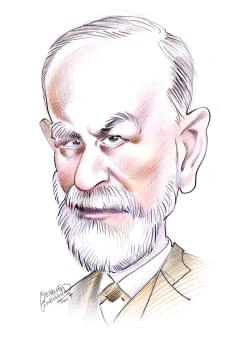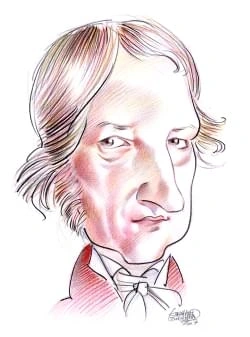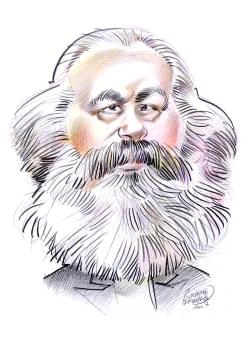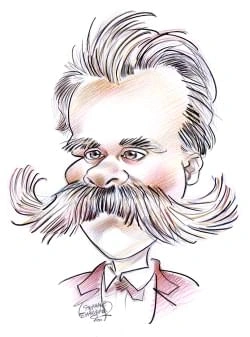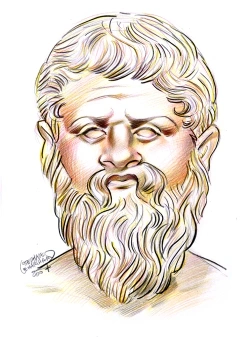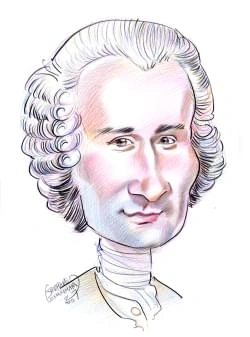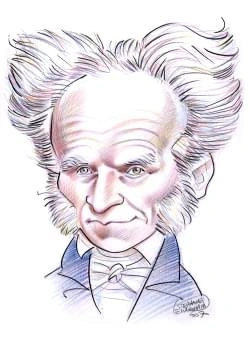663 résultats pour "successivement"
-
United Kingdom - country.
B Natural Regions and Topography The island of Great Britain can be divided into two major natural regions—the highland zone and the lowland zone. The highland zone is an area of high hills andmountains in the north and west. The lowland zone in the south and east consists mostly of rolling plains. The zones are divided by an imaginary line running throughEngland from the River Exe on the southwest coast to the mouth of the River Tees on the northeast coast. The lowland zone has a milder climat...
-
Sweden - country.
mi) and is Sweden’s second largest lake, after Vänern. The two lakes, together with several smaller lakes, rivers, and canals, form an internal water route called theGöta Canal. Built in the early 19th century, the Göta Canal extends for about 386 km (about 240 mi) and provides a scenic transportation link between the Baltic Sea,at Stockholm, and the Kattegat. Sweden’s other large lakes in the district include Mälaren, Hjälmaren, and the famously picturesque Siljan. D Climate Although one-seven...
-
Wyoming (state) - geography.
The basins, which lie in the rain shadow of mountains, are very dry, with an average annual precipitation of about 250 mm (about 10 in) or less; the Great Plains regionhas an annual average of about 380 mm (about 15 in), and the Black Hills region receives slightly more. Thunderstorms and hailstorms are relatively frequent insummer. The annual snowfall ranges from about 500 mm (about 20 in) in the Bighorn Basin to well over 5,100 mm (over 200 in) in the higher mountains, where annualprecipitatio...
-
Wyoming (state) - USA History.
The basins, which lie in the rain shadow of mountains, are very dry, with an average annual precipitation of about 250 mm (about 10 in) or less; the Great Plains regionhas an annual average of about 380 mm (about 15 in), and the Black Hills region receives slightly more. Thunderstorms and hailstorms are relatively frequent insummer. The annual snowfall ranges from about 500 mm (about 20 in) in the Bighorn Basin to well over 5,100 mm (over 200 in) in the higher mountains, where annualprecipitatio...
-
Ancient Egypt.
around 4500 BC. The style and decoration of the pottery found at these sites differ from those of pottery found in Upper Egypt. The northern type eventually fell out of use. Other differences between the peoples in Upper Egypt and Lower Egypt include the nature of their architecture and the arrangements for burial of the dead, thelatter perhaps signifying differing religious beliefs. B Unification and Early Dynastic Period By 3500 BC, the settlement of Hierakonpolis, located on the west bank...
-
Ancient Egypt - USA History.
around 4500 BC. The style and decoration of the pottery found at these sites differ from those of pottery found in Upper Egypt. The northern type eventually fell out of use. Other differences between the peoples in Upper Egypt and Lower Egypt include the nature of their architecture and the arrangements for burial of the dead, thelatter perhaps signifying differing religious beliefs. B Unification and Early Dynastic Period By 3500 BC, the settlement of Hierakonpolis, located on the west bank...
- The way in which companies frame themselves, their products and their clients
- Introduction historique à l'histoire du droit
-
- 861 SUJETS-TEXTES DE L’ÉPREUVE DE PHILOSOPHIE AU BACCALAURÉAT
-
India - country.
delta in the north, are intensely farmed. B Rivers and Lakes The rivers of India can be divided into three groups: the great Himalayan rivers of the north, the westward-flowing rivers of central India, and the eastward-flowingrivers of the Deccan Plateau and the rest of peninsular India. Only small portions of India’s rivers are navigable because of silting and the wide seasonal variation inwater flow (due to the monsoon climate). Water transport is thus of little importance in India. Barrages,...
-
Introduction à la philosophie
dialogue en confrontant les différents points de vue. La philosophie est en fait non seulement le fait de posséder un savoir, une connaissance, mais aussi une manière de vivre. Ainsi, Socrate est-il un homme vertueux et applique ses théories. « Ce dont il faut faire le plus de cas, ce n'est pas de vivre, mais de vivre bien ». Socrate. Parce qu'il gênait les sophistes, il a été condamné à mort. Plus tard, un de ses élèves a voulu laisser une trace de lui et de sa morale : il s'agit de Platon. Alo...
- finances publics
- Droit administratif
}})
